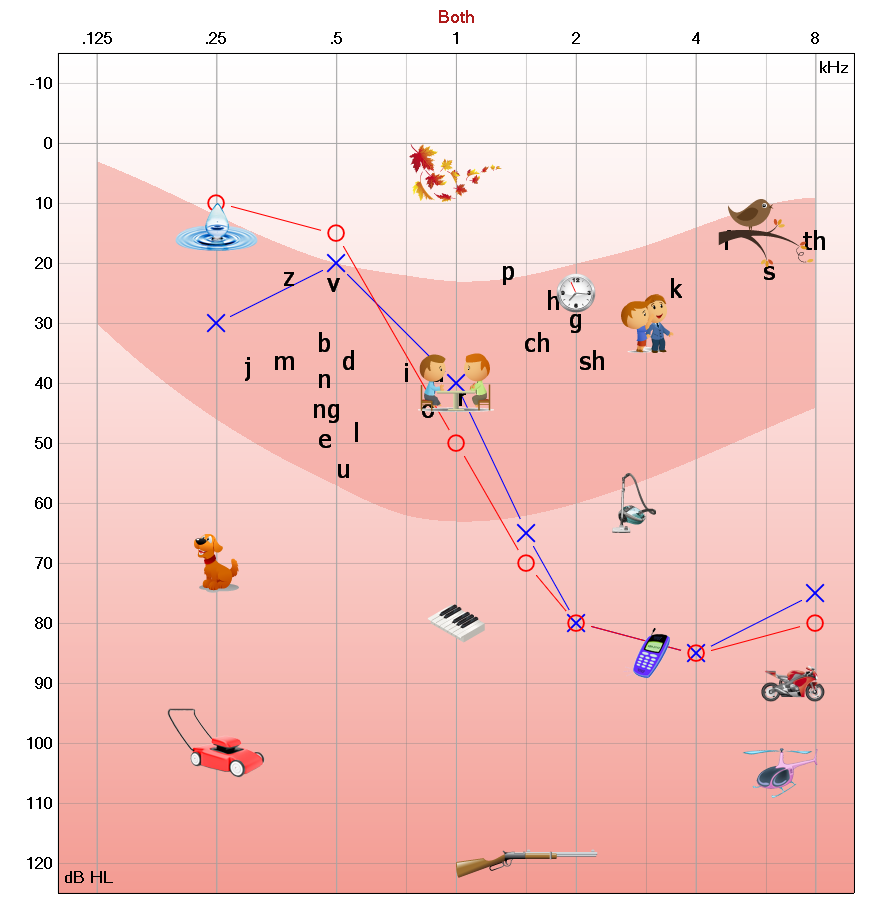A hearing assessment by an audiologist is more than a simple hearing test. We carefully investigate your ear health, your hearing ability and how to optimise your hearing.
Before your appointment
Please keep away from noise for at least 16 hours before your appointment. Excessive noise may cause some changes to your hearing.
Take a moment to note situations or environments in which you've had difficulty hearing - for a lot of people this is understanding conversations in noisy environments like restaurants or at parties. Many people find it helpful to bring a family member or friend to the appointment to share their observations and note important details or instructions.
If you are ready to consider hearing aids, it may be convenient to contact your private health insurance company and discuss whether they will contribute to the cost.
Please note: You do not need a doctor’s referral for a hearing assessment but Medicare rebates are only available if referred by an Ear Nose and Throat Specialist or a GP. If you are not sure, please call us on (08) 9481 0912.
During your appointment
Information Gathering
You will be asked about your hearing history to understand any past or current factors, including medical issues and noise exposure, which could be affecting your hearing. You will also be asked about the situations in which you are having hearing difficulty.
Ear Inspection
Your outer ear, ear canal and ear drum will be examined using video-otoscopy for any pathology or blockage. If there is excessive wax, we will need to remove this (see Wax Removal). The flexibility of your middle ear system (see The Ear) may also be checked using tympanometry (a simple pressure test).
Hearing Test
Your hearing will be tested in a sound treated enclosure with background noise levels reduced to those required by the current stringent Australian standards. You will be asked to indicate when you can hear 'beeps' of varying frequency (pitch) and intensity (volume) in each ear. A complete hearing test includes 'air-conduction' testing with headphones and 'bone-conduction' testing using an oscillator (vibrating sound conductor). The results of your hearing test are plotted on your 'audiogram' (see below).
Speech Discrimination Test
Your ability to discriminate speech sounds is assessed using recorded speech materials. We use this information to determine whether amplification would be beneficial to your hearing. Speech in noise tests and aided speech tests may also be used.
Impedance Audiometry
The transmission system across the middle ear may be assessed using an ‘echo-sounder’ in the canal and altering the pressure to make the ear drum move slightly - tympanometry. Louder sounds are then used to cause a muscle in the middle ear to contract, which gives information about the integrity of the nerve pathways between the ear and the brainstem - acoustic reflex recording. You will not need to respond to this assessment.
Otoacoustic Emissions
Sending two similar tones down the ear canal for the ear to send back a combination of those tones gives information about how well the inner ear is responding. You will not need to respond to this assessment at all; your ear will do all the work.
Review Results
Your audiologist will review your test results with you and identify whether you have a hearing loss. If you do, together you can discuss management options, which may range from seeing your GP or an Ear Specialist for medical treatment, to correct use of hearing protection, communication strategies, or recommendations for hearing aids or other assistive devices. Please take time to consider your results and any recommendations made. It is also important to discuss them with people close to you so that they can understand your situation.
What is an audiogram?

